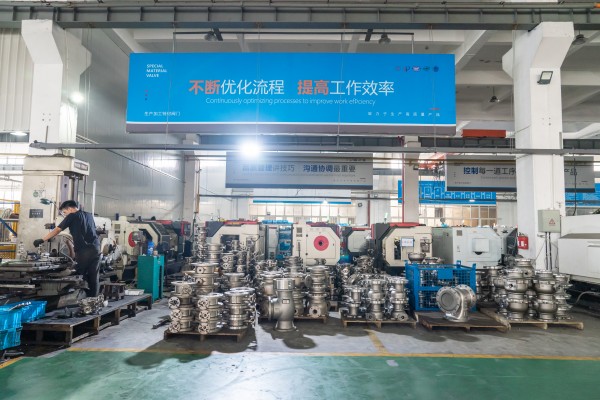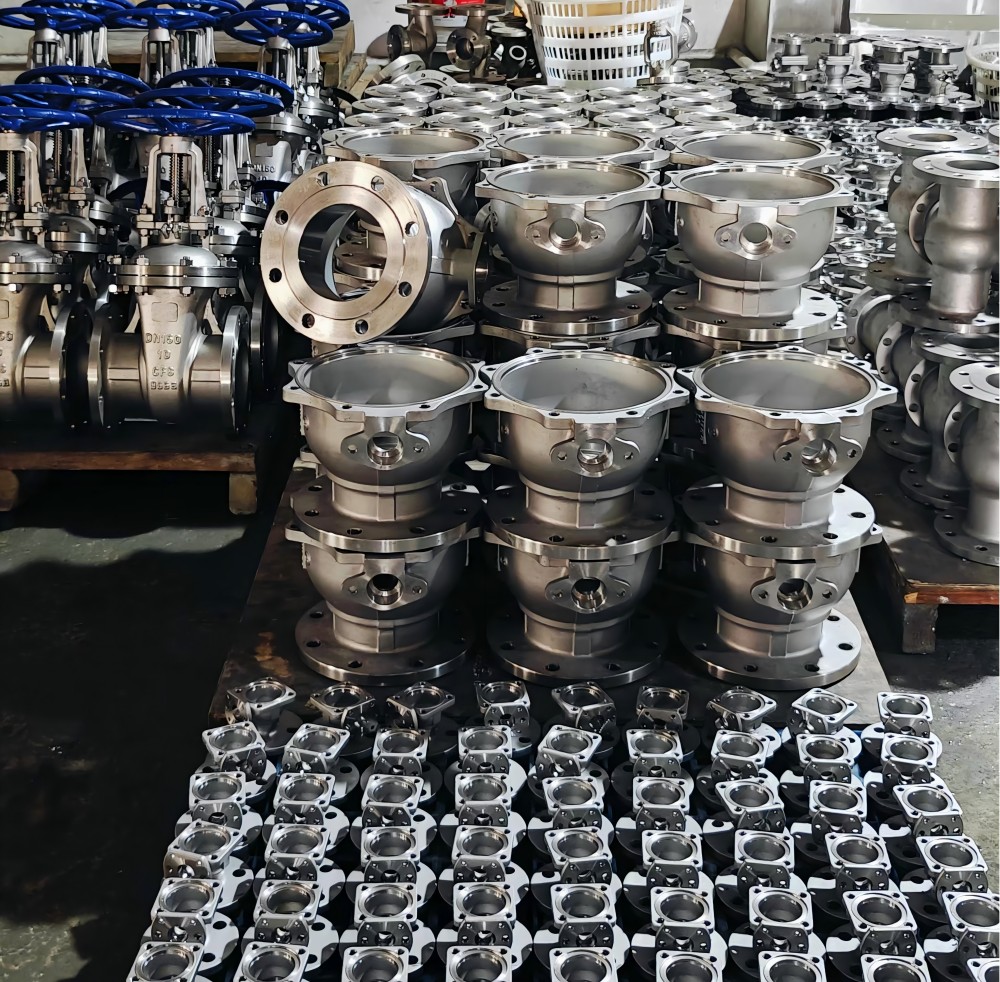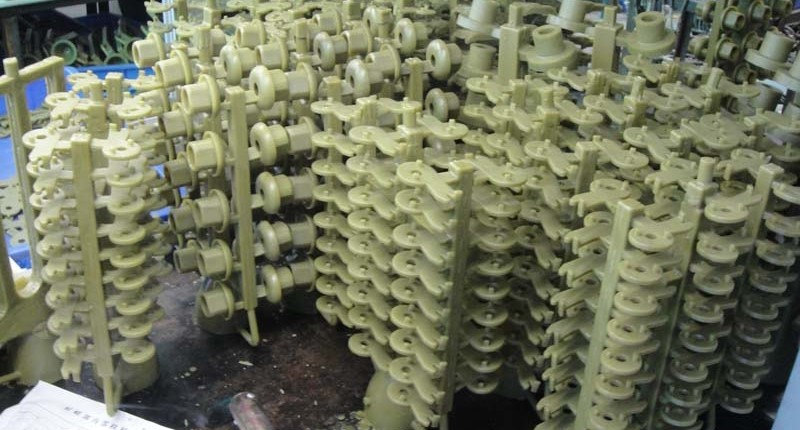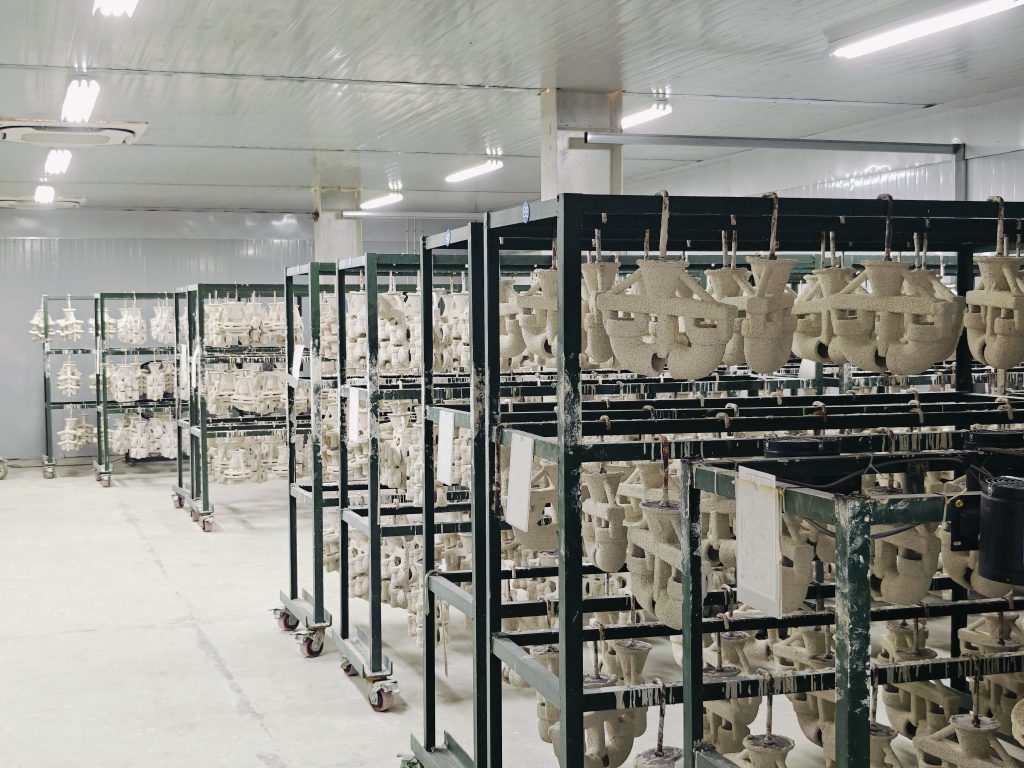How to choose the most suitable casting material grade for valve components
During the valve manufacturing and application process, choosing the right casting material is crucial to the performance, life and reliability of the valve. Different working conditions, pressures, temperatures and media types will affect the choice of materials. Therefore, the rational selection of casting materials can improve the durability and safety of the valve. This article will introduce several common valve casting material grades and their applicable scopes to help you choose the most suitable material.

1. Common valve casting materials
Valve casting materials mainly include carbon steel, stainless steel, alloy steel, ductile iron, gray cast iron and copper alloy, etc. Each material has its unique performance and application scenarios.
1.1 Carbon Steel
Common grades: ASTM A216 WCB, WCC
Features:
It has good mechanical properties and is suitable for medium and low temperature conditions.
The price is relatively low and cost-effective.
Applicable to water, oil, steam and general industrial media.
Application: Mainly used in medium and low pressure conditions, such as petroleum, chemical, power and water treatment industries.
1.2 Stainless Steel
Common grades: ASTM A351 CF8 (304), CF8M (316), CF3, CF3M
Features:
Excellent corrosion resistance, especially suitable for chemically corrosive media.
Suitable for high temperature and high pressure environments, strong oxidation resistance.
Low carbon versions (such as CF3M) have better welding performance.
Application: Suitable for food processing, pharmaceuticals, marine industry, petrochemical industry and other industries, especially in highly corrosive environments.
1.3 Alloy Steel
Common grades: ASTM A217 WC6, WC9, C5, C12
Features:
Higher strength and high temperature resistance.
Suitable for high temperature and high pressure environments.
Suitable for working conditions subject to impact and corrosion.
Application: Mainly used in high temperature and high pressure equipment such as boilers, petroleum refining, steam systems, etc.
1.4 Ductile Iron
Common grades: ASTM A536 60-40-18, 65-45-12
Features:
The mechanical properties are better than those of gray cast iron, with good toughness and impact resistance.
Good machinability, suitable for most water, oil and gas media.
More economical and light weight than carbon steel.
Application: Mainly used in water supply and drainage, low-pressure steam, petroleum and chemical industries.
1.5 Gray Iron
Common grades: ASTM A126 Class B
Features:
Low cost, suitable for low-pressure working conditions.
Good shock absorption and wear resistance.
Easy to process, but high brittleness, not suitable for high-pressure and high-impact environments.
Application: Suitable for low-pressure water, air, and non-corrosive gas delivery systems.
1.6 Copper Alloy
Common grades: ASTM B62 C83600, C95400 (aluminum bronze)
Features:
Excellent corrosion resistance, especially in seawater and weak acid and alkali environments.
Good antibacterial properties, suitable for food and drinking water systems.
Can be used in low temperature environments without low temperature brittleness.
Application: Mainly used in marine industry, drinking water pipelines, low-pressure steam and certain chemical equipment.

2. How to choose the right casting material?
When choosing valve casting materials, the following factors need to be considered:
2.1 Medium type
Corrosive media (such as acid, alkali, salt): stainless steel (CF8, CF8M) or alloy steel is recommended.
Seawater or salt water environment: copper alloy (C83600, C95400) or super stainless steel is recommended.
Ordinary water, oil, gas: carbon steel (WCB, WCC) or ductile iron can be selected.
2.2 Pressure level
Low pressure (<10 bar): gray cast iron, ductile iron or stainless steel.
Medium pressure (10-40 bar): carbon steel, stainless steel, alloy steel.
High pressure (>40 bar): alloy steel (WC6, WC9, C12).
2.3 Temperature range
Low temperature (below -100℃): low temperature carbon steel (LCC) and stainless steel (CF3, CF3M) are recommended.
Normal temperature (-100℃~300℃): carbon steel, ductile iron and stainless steel are all acceptable.
High temperature (>300℃): alloy steel (WC6, WC9, C5, C12) or stainless steel is required.
2.4 Economy
Budget is limited: carbon steel (WCB) or ductile iron (ASTM A536) is recommended.
High corrosion resistance requirements: stainless steel (CF8M) or copper alloy can be selected.
High temperature and high pressure requirements: Alloy steel is recommended.
Conclusion
Choosing the right valve casting material can not only improve the service life of the valve, but also ensure the safety and stability of the system. Different working conditions require different materials, so factors such as medium, pressure, temperature and economy should be considered comprehensively when selecting.
If you are not sure which material is suitable for your working conditions or you are interested in custom valve casting, you can contact us immediately. Tianhui Machinery has many years of experience in custom valve casting and is a professional valve casting manufacturer. We are able to provide a variety of valve bodies, butterfly valves, check valves or ball valves, ranging from 100 grams to 300 kilograms, providing a one-stop solution for your project.

Work with us on your project
Looking for a reliable foundry partner like Tianhui Machine? Send your CAD drawings and 3D files to info@cn-tianhui.com for a quick quote!



